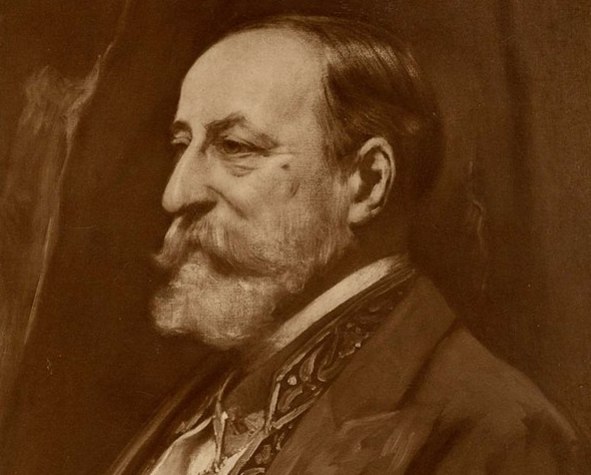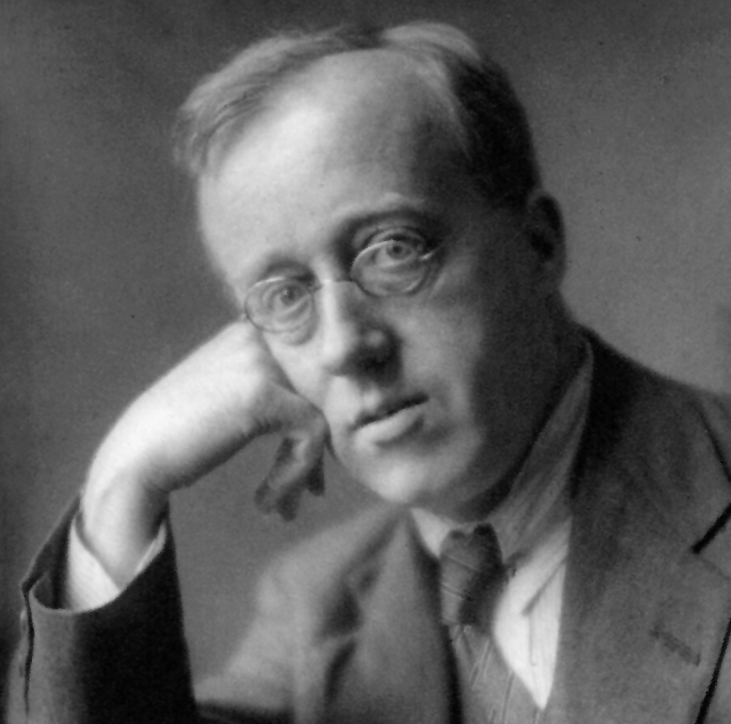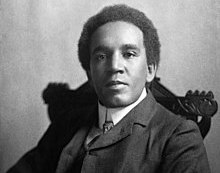Saint-Saëns Danse Macabre
Posted on 14th October 2023 at 14:30

This month, in preparation for Halloween – our blog explores the spooky Danse Macabre by Saint-Saëns.
The composition is familiar to listeners all over the world, thanks to its use on film and TV soundtracks, where it has frequently been employed to instil a sense of the uncanny.
With its inventive instrumentation, cleverly arranged to evoke a scene of the dancing dead, the work is suggested as a piece suitable for Year 3 and above in the Music Model Curriculum.
We suggest activities linked to the piece.














